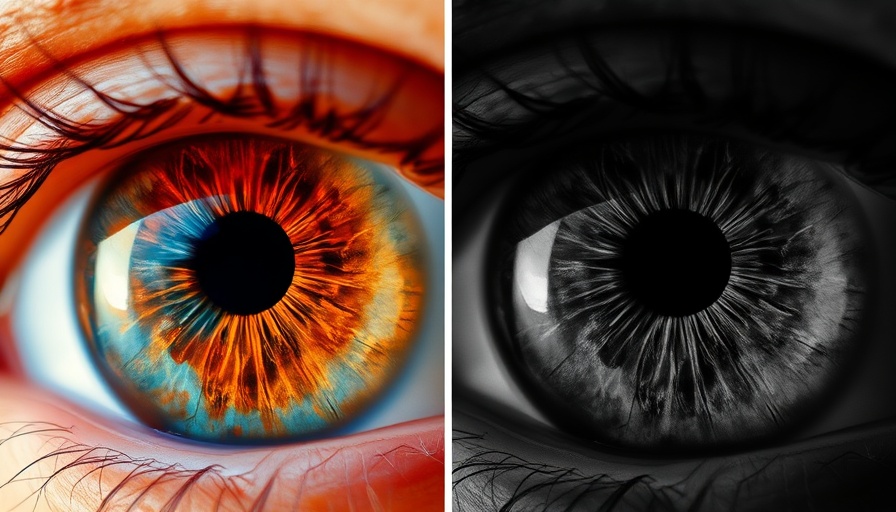
Understanding Blunt Trauma: A Reality Check
Imagine you're going about your day when an unexpected mishap occurs—a tragedy that could happen to anyone. This was the case for a 36-year-old woman who experienced a myopic shift in her vision after blunt trauma to her left eye. Diagnosing conditions like this not only emphasizes the importance of proper eye care but also illustrates how a sudden event can drastically alter a person's health.
The Impact of Myopic Shifts
In a clinic like the New England Eye Center, cases of unexpected myopic shifts remind us of the eye's delicate nature. Prior to the incident, the woman had mild refractive errors, but after the trauma, her left eye vision dramatically changed to –3.75. That’s quite a shift! Understanding these changes can help us connect with patients who might not fully grasp the implications of such injuries.
Visual Acuity: What it Really Means
The term "visual acuity" essentially refers to how well one can see. In this woman's case, her best corrected visual acuity was clocked in at 20/200 in the left eye post-trauma, a significant decrease. For those in the world of concierge medicine, recognizing these shifts in your patients' health is crucial. When a patient mentions vision issues, it's not just about prescriptions; it's about their overall well-being.
Innovative Imaging in Eye Care
Thanks to technology, diagnosing and understanding conditions like this is becoming progressively more precise. Multimodal imaging utilized by the doctors, like OCT (Optical Coherence Tomography), allows for a detailed examination of the macula and retina. Such tools can enhance patient engagement and education, making it possible for doctors to visually explain what’s happening in a patient's eye.
Lessons for Concierge Medicine Practices
When we look at the case of this woman, it serves as an essential lesson for collective healthcare practices. As concierge medicine focuses on building strong relationships with patients, sharing knowledge about traumatic injuries and their implications encourages patients to return for regular check-ups and discussions about their health. This fosters an environment of trust and connection, which can drive your practice forward.
Creating Conversations around Eye Health
Hospital visits can be inundated with technical jargon, leaving patients feeling disconnected. However, using relatable stories, like that of our 36-year-old protagonist, can open the door to deeper conversations on eye health. As practitioners, how can we create these narratives that not only inform but resonate?
Sharing stories of patient experiences enriches the dialogue and helps demystify medical conditions. Not only this, it provides practical insights for concierge practice owners who aim to differentiate themselves in their communities.
 Add Row
Add Row  Add
Add 






Write A Comment